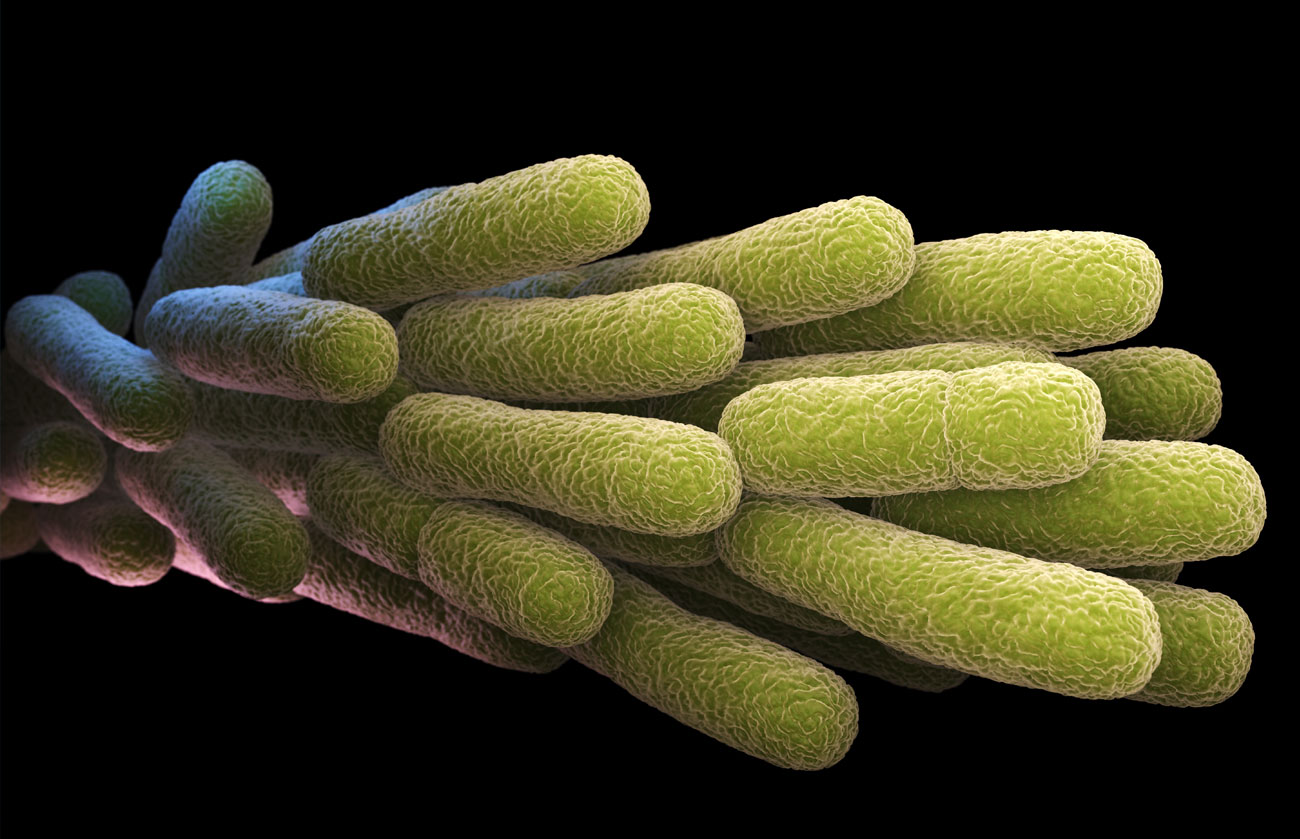Legionellosis
Legionellosis is a collective term for diseases caused by legionella bacteria including the most serious Legionnaires’ disease, as well as the similar but less serious conditions of Pontiac fever and Lochgoilhead fever. Legionnaires’ disease is a potentially fatal form of pneumonia and everyone is susceptible to infection.
The risk increases with age but some people are at higher risk including:
People over 45 years of age
Smokers and heavy drinkers
People suffering from chronic respiratory or kidney disease
Diabetes, lung and heart disease
Anyone with an impaired immune system
Legionella control
The bacterium Legionella pneumophila and related bacteria are common in natural water sources such as rivers, lakes and reservoirs, but usually in low numbers. They may also be found in purpose-built water systems such as cooling towers, evaporative condensers, hot and cold water systems and spa pools.
If conditions are favourable, the bacteria may grow increasing the risks of Legionnaires’ disease and it is therefore important to control the risks by introducing appropriate measures outlined in Legionnaires’ disease – The Control of Legionella bacteria in water systems (L8).
The bacterium Legionella pneumophila and related bacteria are common in natural water sources such as rivers, lakes and reservoirs, but usually in low numbers. They may also be found in purpose-built water systems such as cooling towers, evaporative condensers, hot and cold water systems and spa pools.
If conditions are favourable, the bacteria may grow increasing the risks of Legionnaires’ disease and it is therefore important to control the risks by introducing appropriate measures outlined in Legionnaires’ disease – The Control of Legionella bacteria in water systems (L8).
Legionella bacteria are widespread in natural water systems, e.g. rivers and ponds. However, the conditions are rarely right for people to catch the disease from these sources. Outbreaks of the illness occur from exposure to legionella growing in purpose-built systems where water is maintained at a temperature high enough to encourage growth, e.g. cooling towers, evaporative condensers, hot and cold water systems and spa pools used in all sorts of premises (work and domestic).
People contract Legionnaires’ disease by inhaling small droplets of water (aerosols), suspended in the air, containing the bacteria. Certain conditions increase the risk from legionella if:
- the water temperature in all or some parts of the system may be between 20-45 °C, which is suitable for growth
- it is possible for breathable water droplets to be created and dispersed e.g. aerosol created by a cooling tower, or water outlets
- water is stored and/or re-circulated
- there are deposits that can support bacterial growth providing a source of nutrients for the organism e.g. rust, sludge, scale, organic matter and biofilms.
This diagram would represent a typical water system in an office building or at private dwelling.

Waterway systems carry out Legionella risk assessments on hot and cold water systems within the workplace and in private homes, rented accommodation.We carry out tank cleaning, disinfection or chlorination of hot and cold water systems private and industrial our engineers are fully trained and qualified.
We carry out water monitoring regimes recording temperatures, Flushing little used outlets, tank inspections and general condition of water system, all data entered into a water logbook and signed on completion.
Showing typical water storage tank with build up of manganese iron silt and debris.

Showing water storage tank after cleaning and sterilising, we have our unique green chemicals 98% of water storage tanks can be iron, manganese and stain free.


